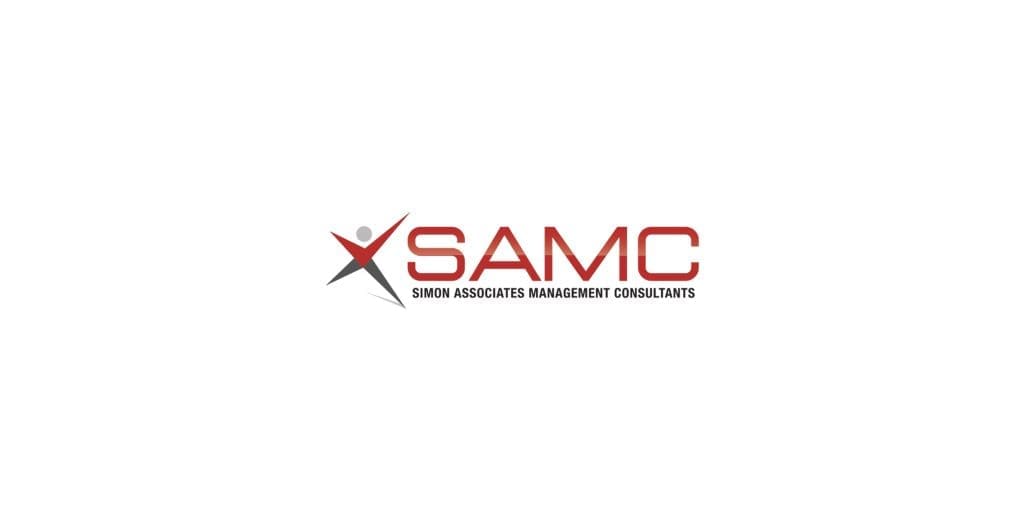To go forward, you first need to go backward.
For almost twenty years, I helped found and run a company in the education field. We built it from scratch…started in one area, made a number of acquisitions, sold some, and then rebuilt. Often we would do things intuitively: applying previous knowledge and vision from practical experience and then moving on from there.
Three years ago I retired from this company and joined Simon Associates Management Consultants (SAMC) as a partner. What worked for me running a company works well in the consulting business; however, now we put names on what we do.
The Lean Startup: Start with the business results you want to achieve.
Eric Ries has written a book entitled: The Lean Startup: How Today’s Entrepreneurs Use Continuous Innovation to Create Radically Successful Businesses. Emphasizing building the business from the customer backwards, Ries talks about NOT spending significant time and money to fine-tune a concept before testing it with your customers.
It is all about working backwards from the business results you wish to achieve. It is about validating the concept and THEN fine-tuning it on the way to market.
Prototyping is key to successfully gauging customer feedback and willingness to buy.
“Prototyping” translates into never locking down early development. It means that one should make interactive changes as the development process is fine-tuned and finalized. Too often, the end result should not actually be the end result but rather, something on the continuum of development.
How often do you see someone with an idea? Perhaps a great idea but where is the market? What need does it satisfy or what Blue Ocean Strategy® does it create?
Ries believes that it is critical to introduce the “minimum viable product,” not the final product, in order to gauge customer feedback. This means you can quickly judge customer behavior and make changes without the costly expense of changing the final product. When you read the book, you’ll find the great example of Zappos and what the founder did to execute on a minimum concept!
I talk about Lean Startup within the context of my latest business trip. Last week I went to the International Travel Goods Show for one of our clients. I looked at some of the new products on display—some satisfied need and some created need. Some products were good ideas but the price was out of sync with respect to value. Perhaps it is time for these manufacturers to embrace Lean Startup so they are in position to take advantage of the market or potential new markets!
At Simon Associates, we take an anthropological approach to product development and end-users’ needs.
At SAMC, we use the “minimum viable product” model to determine what is viable, what is not viable, and what can be enhanced to develop new products and services.
We help people “see feel and think” differently about their current needs (or future ones). That means building products or services that intersect with their daily lives.
Often this means understanding how end users goes about their tasks, how they would use new products and services to accomplish these tasks, and finally, the price-value relationship between their needs and the goods and services provided.
For a more in-depth conversation about how your company could apply these Lean Startup concepts to build your business, please contact me.




